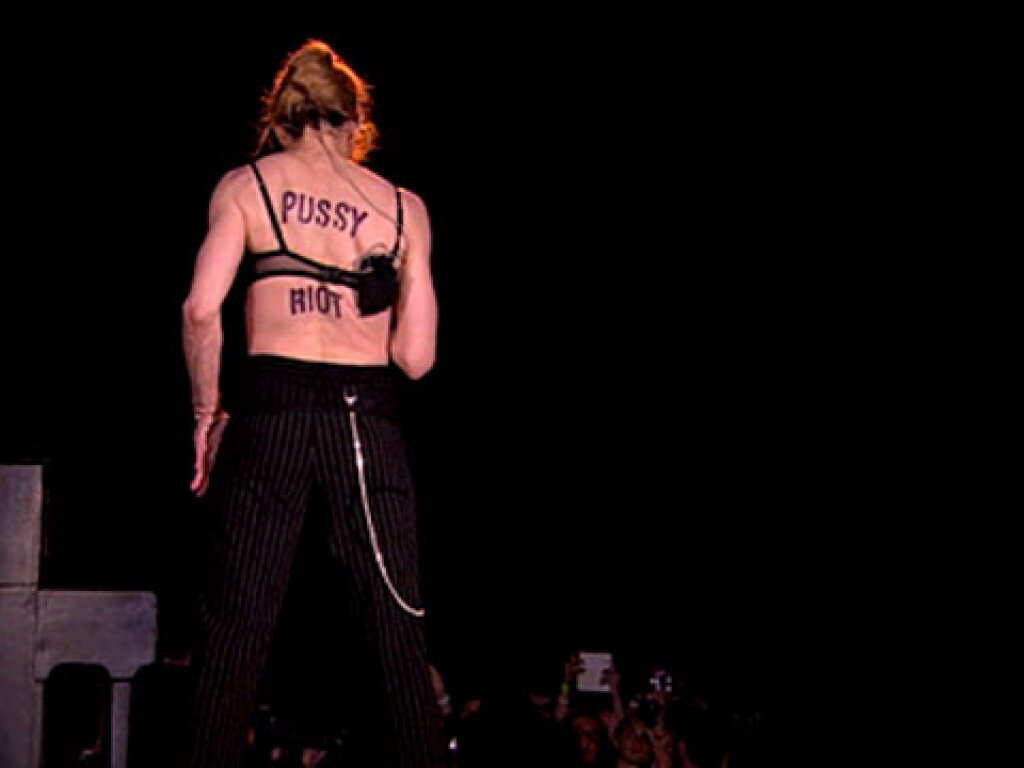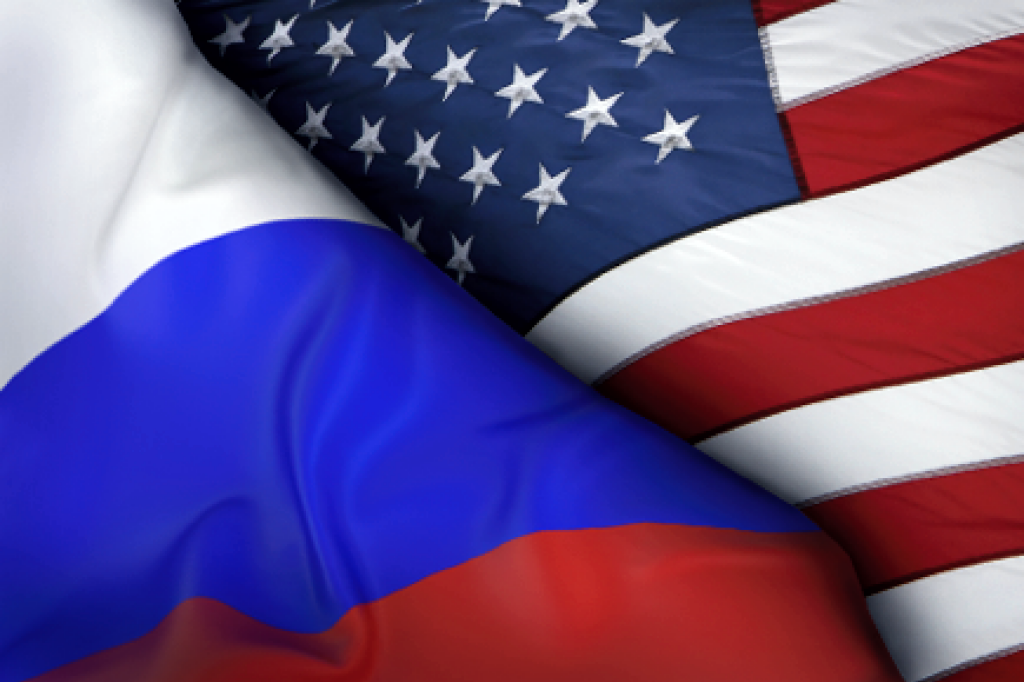Christina Hill recently graduated from Columbia University with a bachelor’s degree in History and Slavic Studies. Currently, she is a Princeton in Asia Fellow studying in Almaty, Kazakhstan.
In Spring 2019, I elected to take a course in Africana Studies at Barnard College titled “The Harlem Renaissance: From New York to Tashkent.” This seminar was taught by Professor Jennifer Wilson and appealed to a wide array of both undergraduate and graduate students with a variety of focuses. I decided to take this course because I needed only one more class to complete my Slavic Studies minor at Columbia University and thought the title alone was an interesting enough reason to at least check out the first day. I figured that I was going to school in Harlem, but learning Russian for my degree, so why not mesh the two topics together? Ultimately, the class was a rewarding experience that taught me how Harlem Renaissance writers linked their struggles to the newly formed USSR.
Throughout the semester, we investigated various historical events and the interactions of people in New York City's Harlem and Moscow. We actually discussed locations beyond Harlem and Moscow, however, since Black writers and thinkers traveled around the world to understand their identity against the perspective of other countries, all the while fighting for racial equality and rights. By mapping out the physical locations of pertinent events like Claude McKay’s speech to the Soviet Comintern Congress, which took place in the Hall of Pillars of the House of the Unions in Moscow, we gain a more tangible perspective on great literary works from Harlem Renaissance writers like McKay, who were party to this cultural exchange of two “sworn enemies:” the US and the USSR.
Historical mapping is an up-and-coming form of digital humanities that allows scholars and students to contextualize the events of the past and compare them to their present-day equivalents. For example, one of our first readings in Professor Wilson's seminar was from writer James Weldon Johnson, who described the initial wave of immigrants and former slaves to Harlem and the affordable apartments they lived in. These apartments still exist today and remain a staple of Harlem culture, but have transformed with time and changes in the ambient culture. Within the framework of a college seminar, it is easy to feel like the events we learn about remain stuck to the page, but mapping allows us to glimpse the connections between a modern-day location and its past.
For my final project for the course, I chose an easy-to-use Google program called “Google My Maps.” I used archival sources and primary source documents found in the Yale Rare Book and Manuscript Library as source points. The short stories and other literary works we read over the course of the semester also came into play, helping me create a holistic map featuring many physical addresses, which users can simply click on to understand the connection to the seminar’s syllabus. The completed map has an intuitive interface to ensure that any user can see the bigger picture with respect to the works in question.
Besides Harlem and Moscow, my project examined several cities — St. Petersburg, Volgograd, Berlin, Samarkand, Bundung, and Nanjing — that were sites of interaction between African-American writers and global socialist thinkers in the struggle for racial equality and workers’ rights. Today's Harlem and Moscow do not, at first glance, have much connection to each other, yet past links between the two cities were highly influential. Our story begins in Harlem; by pressing on each of the buttons beneath the “Harlem, USA” header, users can see key sites that demonstrate the progression of Harlem’s history as a site of socialist thought and activism. Users can then click on Moscow, St. Petersburg, and other cities to discover the sites affiliated with each one. By zooming into the relevant point on the map, users can see its present-day location, which allows comprehension of the immense changes that have occurred geographically and culturally in the past century. I have also attached pictures to each blurb to further enrich the virtual experience with a multimedia element.
I hope that, by reading and “traveling” to the sites featured in my project, audiences can form a more holistic impression of the relationship of Harlem writers to global socialism, creating a virtual experience of the source material from the "Harlem Renaissance" course.



